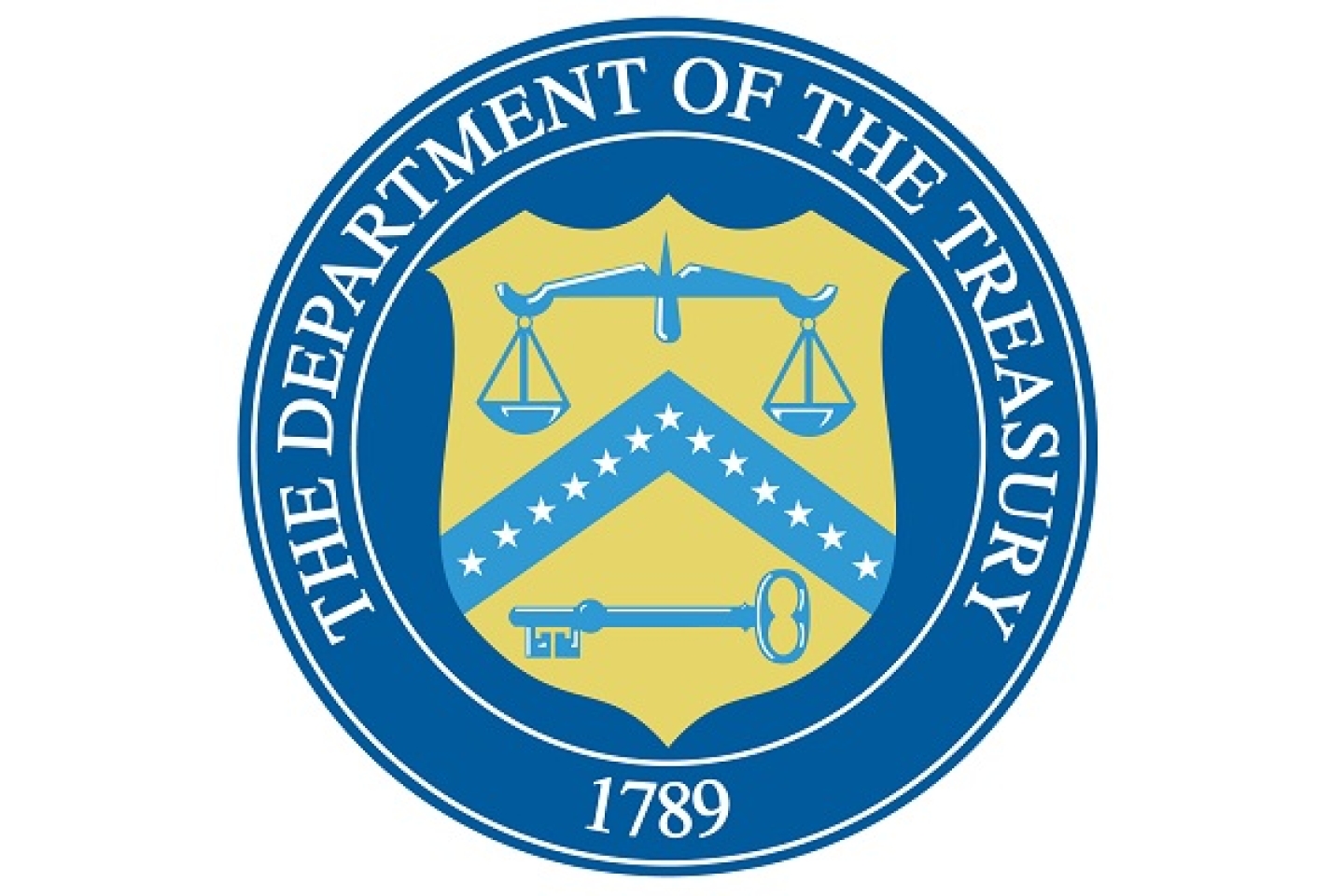How State and Local Fiscal Recovery Funds Are Being Used to Address Homelessness
One year after passage of the American Rescue Plan (ARP), new data show how the State and Local Fiscal Recovery Fund (SLFRF) is being used to address homelessness.
Through the ARP, the Treasury Department distributed $350 billion in Fiscal Recovery funds that can be used for many purposes, including:
- Building and preserving affordable housing for the lowest-income renters
- Providing direct assistance to households, which includes food, rent, mortgage, or utility assistance; counseling and legal aid to prevent eviction or homelessness; and cash assistance
- Responding to the COVID-19 public health emergency or its negative economic impacts
- Providing premium pay to essential workers, which includes social and human services staff
According to the Treasury Department, 351 state, local, and Tribal governments plan to use $11.3 billion in Fiscal Recovery funds for emergency and longer-term housing support to:
- Help keep families in their homes, serving 770,000 households with rent, mortgage, or utility assistance and more than 105,000 households with eviction prevention services
- Expand rapid rehousing, supports like mental health care, and permanent supportive housing
- Build more affordable housing
For more on SLFRF, read this state-by-state breakdown of how Fiscal Recovery funds are being used across the country.
For more on the American Rescue Plan's impact, click here.
Want more news like this? Join our mailing list .



